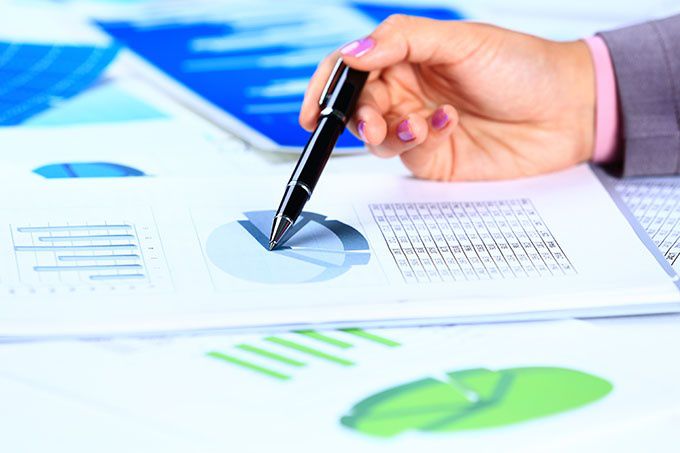 As an overall snapshot of a company’s financial health, the balance sheet provides insight into a business’s various assets, liabilities, and shareholders’ equity. Listed first on a company’s balance sheet are its assets, but what exactly does this include? Assets are defined as anything the company owns that has value, and these items are evaluated in terms of how quickly they can be turned into cash. Therefore, current assets are items that can be turned into cash in less than a year whereas long-term assets are expected to require longer than a year.
As an overall snapshot of a company’s financial health, the balance sheet provides insight into a business’s various assets, liabilities, and shareholders’ equity. Listed first on a company’s balance sheet are its assets, but what exactly does this include? Assets are defined as anything the company owns that has value, and these items are evaluated in terms of how quickly they can be turned into cash. Therefore, current assets are items that can be turned into cash in less than a year whereas long-term assets are expected to require longer than a year.
Here are a few of the most common assets found on a balance sheet:
Cash
We all know that in business “cash is king” and many businesses strive to keep a sufficient supply of cash on hand. However, when talking about cash as an asset, it doesn’t just mean the amount of cash a company has in the bank. Money that is in a money market or investment account, as well as stocks and bonds owned by the company, are all considered cash equivalents as these types of assets can be turned into cash quickly, usually within a day or two.
Inventory
With service-based businesses being the exception, the majority of businesses have some form of inventory. Manufacturers, distributors, retailers - they all have products in stock that are waiting to be sold. Inventory is considered an asset because it requires cash to get and retain. Whether you are creating the product in-house or you are paying a wholesaler for a volume order, either way, you are spending money to build your inventory.
Like cash, inventory is considered a current asset as it will usually take less than a year to turn inventory into cash. It is not considered a liquid asset because unlike bonds and stocks, there is no guarantee that the inventory can be sold within a day or two, with an equal exchange of cash for the value of the products. This is why managing your inventory is important for the financial health of the company.
Property and Equipment
Physical property owned by a company is also considered an asset. Land, buildings, cars, and trucks all fall under this category, as well as smaller items such as copiers, printers, computer workstations, etc.
When valuing property and equipment assets, most balance sheets will record how much your company spent on the item at the time of purchase. The reason purchase price is recorded and not its estimated value is that most businesses don’t perform constant appraisals on their property. Electronic equipment and machinery depreciate in value, while land and buildings can increase in value over time. To keep a standard baseline with your balance sheet, you use the purchase price of the item (without having to take inventory, appraise, and then factor in the new estimate).

.png?width=563&height=144&name=New%20GF%20Logo%20(37).png)
